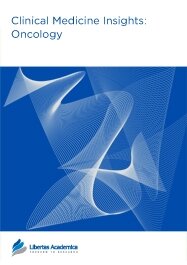

Publication Date: 28 Jul 2011
Type: Review
Journal: Clinical Medicine Insights: Oncology
doi: 10.4137/CMO.S7516

Cancer is caused by multiple genetic alterations leading to uncontrolled cell proliferation through multiple pathways. Malignant cells arise from a variety of genetic factors, such as mutations in tumor suppressor genes (TSGs) that are involved in regulating the cell cycle, apoptosis, or cell differentiation, or maintenance of genomic integrity. Tumor suppressor mouse models are the most frequently used animal models in cancer research. The anti-tumorigenic functions of TSGs, and their role in development and differentiation, and inhibition of oncogenes are discussed. In this review, we summarize some of the important transgenic and knockout mouse models for TSGs, including Rb, p53, Ink4a/Arf, Brca1/2, and their related genes.
PDF (683.55 KB PDF FORMAT)
RIS citation (ENDNOTE, REFERENCE MANAGER, PROCITE, REFWORKS)
BibTex citation (BIBDESK, LATEX)
XML
PMC HTML

The team at Libertas Academica stands above the pack as publishers of academic journals. My recent article in Clinical Medicine Insights: Oncology was handled very professionally throughout the process. They have my highest regards.

All authors are surveyed after their articles are published. Authors are asked to rate their experience in a variety of areas, and their responses help us to monitor our performance. Presented here are their responses in some key areas. No 'poor' or 'very poor' responses were received; these are represented in the 'other' category.See Our Results
Copyright © 2013 Libertas Academica Ltd (except open access articles and accompanying metadata and supplementary files.)
FacebookGoogle+Twitter
PinterestTumblrYouTube